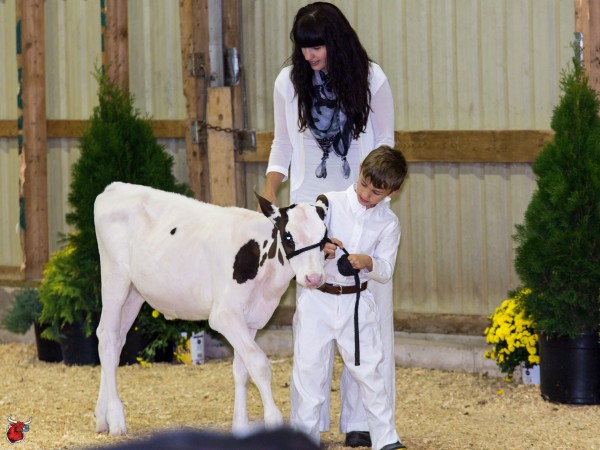“Yellow Briar Ayrshire Farm isn’t on TV or listed in travel brochures of Southern Ontario but at eleven o’clock on Saturday morning it was the center of dairy farming not just for the Stephens family but for their friends, neighbours and farming colleagues as fifty years of dairy farming saw 70 head go under the auction hammer in Troy.”
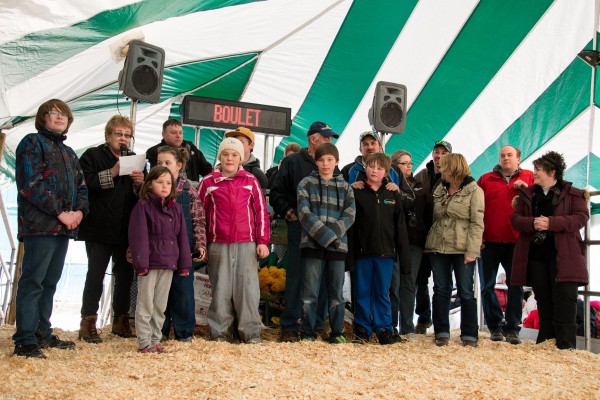
Change the name and location and you will find similar events happening all over North America as the aging baby boomer generation decide to take the next … or even the last … step in their dairy journey. There is nothing unique about families dispersing the dairy herd that has been their 24/7 life for several decades.

“Three generations of ‘The Bullvine’ marvelled at the coating of ice that covered barns, eves and the auction tent as we drove up the typical farm lane that is the introduction to Yellow Briar. After getting parked, the walk back through the barns to the sales arena was like a meet and greet of what has become a dwindling number of local dairy farmers. Those who had already sold out of dairying compared how it was on their sale day. Those who grew up with the “Stephen’s boys” compared how the next generation was growing up and looked just like Mom or Dad or Grandma or Grandpa.”
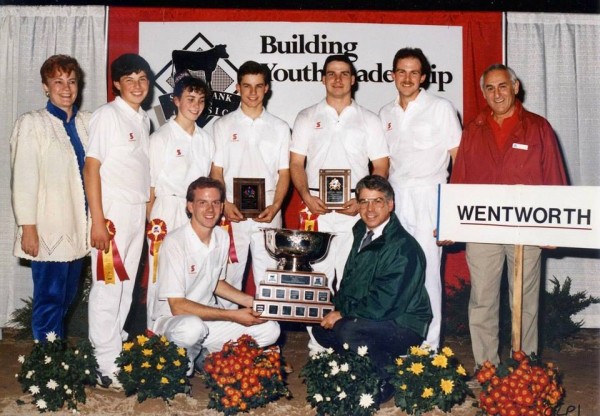
Champion Classic Team that contained 3 Hunt children as well as 3 Stephens boys.
That single day when a multi-generation dairy herd goes under the hammer presents every range of emotion. Excitement for the future. Anticipation for a profitable sale. Nerves about what comes next, After all, for 50 years or more, life on the dairy farm has been solely focused on raising, breeding, caring for and showing dairy cattle. Nothing against other careers but dairy farming doesn’t wind down in the same graceful way that other careers do. Even though it seems to take forever to arrive, the day of that final sale seems almost unexpected. The whirlwind of cattle fitting, catalogue details and keeping the cattle and the prep crew fed and happy is a high intensity contrast to that moment when the last of the sale cattle roll out the lane and a new — non-milking routine begins. Is this what we really want?

“The story of Yellow Briar embraces a history of generations of family and the roots that go deep into the community. As our Huntsdale Holstein and Yellow Briar Ayrshire families shared community activities and show ring teams, the legends (some true, some embroidered) have grown as four generations shared fun and hard work that will always be fondly remembered.”
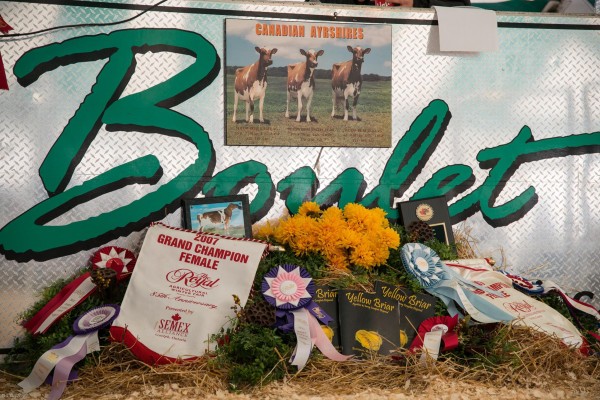
For those who may unexpectedly pass by a dairy dispersal, they probably wonder what exactly has compelled people to park down both sides of the highway outside the entrance to that farm and may not have anything more than the words “Auction Today” to answer their questions. They might not be aware of the years of planning and breeding that saw this dairy provide sustenance for families, dairy stars born, judging skills developed and milking records completed and center stage at the very best shows. Unless you have lived it, it’s hard to explain, all the love, sweat and tears that build a life’s work.

“As I sit a ringside — absolutely loving the roll of the auctioneer’s call – and the excited shouts of the ringmen, I was in the perfect place to see the full spectrum of emotions slipping across the faces of the Stephen’s family. Happiness in welcoming friends and neighbours. Welling of tears as the progress of the sale also marks the approaching end of one way of life and the start of something different.”

So many factors impact the “success” of a dairy dispersal. The quality of the cattle. The size of the market. The effectiveness of the marketing. The hard work of the family and the sales team. Even weather plays a role. Who would have foreseen an ice storm in March 24th? Oh yes and how is the dollar doing?
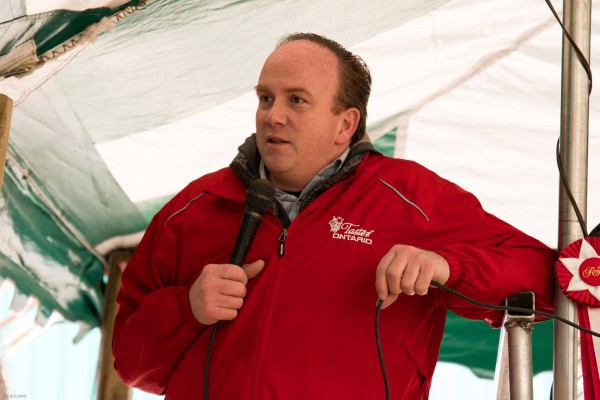
“Explaining to a city person that there is excitement in listening to the auctioneer and pedigree reader count the opportunities that are being presented for those in attendance. They put their entreaties before those in the crowd and wait patiently for those who are on phones. Cattle dispersals are international. And also inter-generational. For our grandchildren hearing the large dollar amounts gradually going higher and higher until the hammer slams down may have given them one more reason to like the cows that Daddy is so passionate about.”

Looking around a dairy dispersal, you will see folks from all aspects of the industry. Breed officials. International dairy owners. Auctioneers. People in sales. Show personalities. The dream is that there will be a balance between getting a great price for the sellers and getting a great price for the buyers. The one side is taking a final step. The other continues to build their herd or someone else’s for the future. It’s not always easy for either one. It doesn’t always work out for everybody. But one thing every dairy person is familiar with, you must always “keep on going”. Forward is the only direction that counts.
“Yellow Briar isn’t just cows. It’s Marilyn’s good food from the bounty of homegrown vegetables and fruit. That will go on. It’s shared experiences on local fair committees. That will continue. It’s their three kids and our three sharing past memories and making new ones in the modern dairy industry. More to come. It’s knowing that John is just one phone call away from helping with whatever you need. Hay wagons, bale wrapping or getting a stuck tractor out of a mud hole. The sharing and caring will continue.”
The Bullvine Bottom Line
Even though the paths between starting, growing and dispersing dairy farms may become less travelled and perhaps worn, the friendships forged will never wear out. Congratulations to the Stephen’s family for what you have accomplished and all the best, as you look forward to what is yet to come!

Get original “Bullvine” content sent straight to your email inbox for free.





 When you come from a fifth generation dairy farm, it is sometimes hard to put a single label on exactly what you do. That’s especially true if you live off the farm as is the case for Mary Mackinson Faber. Raised on the family farm located north of Pontiac, Illinois, Mary is well aware of the 24/7 commitment it takes to manage 165 milking cows and over 150 heifers and calves. In addition, there are roughly 2,000 acres of cropland where the Mackinson’s grow corn, soybeans, wheat and alfalfa.
When you come from a fifth generation dairy farm, it is sometimes hard to put a single label on exactly what you do. That’s especially true if you live off the farm as is the case for Mary Mackinson Faber. Raised on the family farm located north of Pontiac, Illinois, Mary is well aware of the 24/7 commitment it takes to manage 165 milking cows and over 150 heifers and calves. In addition, there are roughly 2,000 acres of cropland where the Mackinson’s grow corn, soybeans, wheat and alfalfa.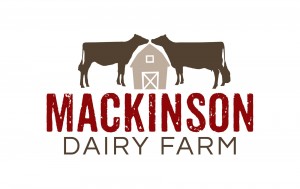 “Going Mobile Makes a Big Difference”
“Going Mobile Makes a Big Difference”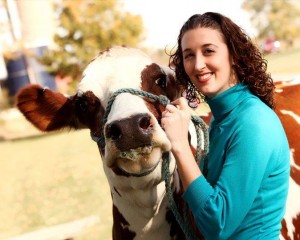 There are many ways to make a positive contribution on behalf of agriculture. Mary explains. “I encourage everyone in agriculture to speak honestly about what you do, why you do it and what you love about your way of life. As a Mom, I understand how important it is for other moms and parents to not only know where their food comes from but whom is taking care of the land. Therefore, my blog topics tend to focus on questions a consumer might have while grocery shopping, like the differences between skim, 2% and whole milk to why certain containers of cow’s milk have a longer expiration date. In addition to our blog, I am a contributor to
There are many ways to make a positive contribution on behalf of agriculture. Mary explains. “I encourage everyone in agriculture to speak honestly about what you do, why you do it and what you love about your way of life. As a Mom, I understand how important it is for other moms and parents to not only know where their food comes from but whom is taking care of the land. Therefore, my blog topics tend to focus on questions a consumer might have while grocery shopping, like the differences between skim, 2% and whole milk to why certain containers of cow’s milk have a longer expiration date. In addition to our blog, I am a contributor to  “One-on-One Builds Sharing and Caring”
“One-on-One Builds Sharing and Caring”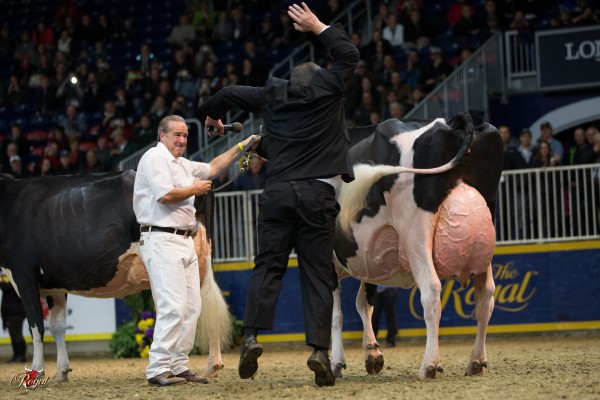
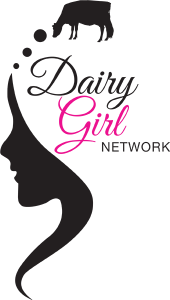
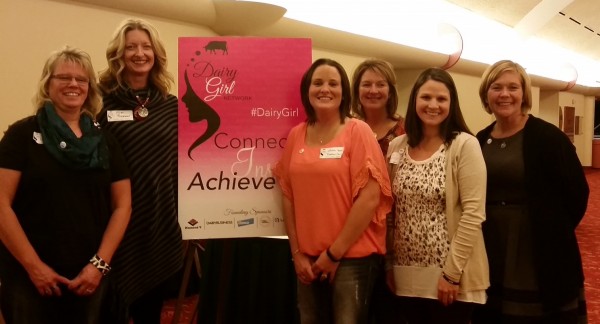
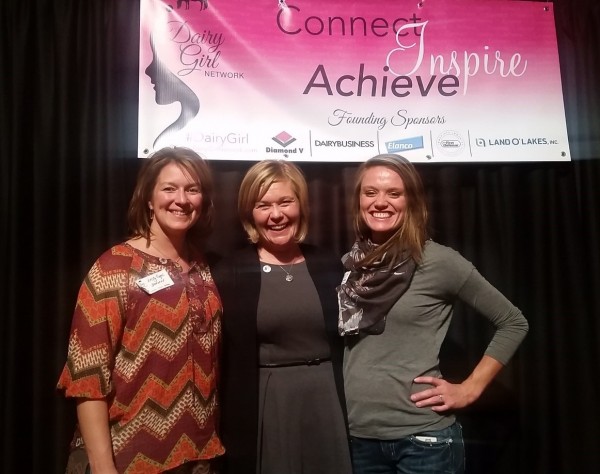
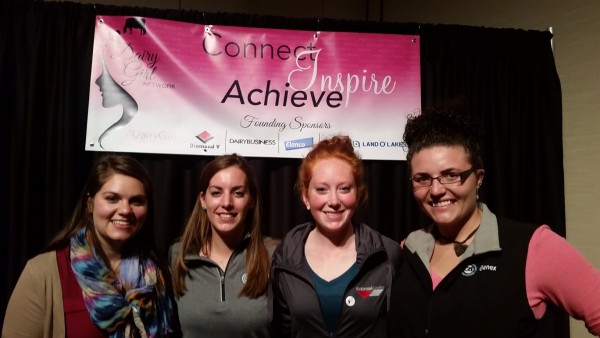
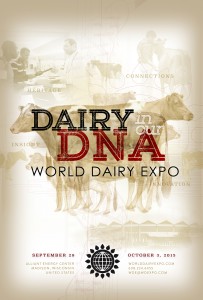 If someone claims that we have “Dairy in our DNA”, what does it actually mean? For the organizers of World Dairy Expo 2015, it is a dairy code they’re offering to each of us. No matter how we trace our dairy roots, it means that for five days at the Alliant Center in Madison Wisconsin, our environment, what we eat, what we see and what we come into contact with will “run in the dairy family” — all 77,000 of them! They are getting ready right now to converge on World Dairy Expo from across North America and around the world!
If someone claims that we have “Dairy in our DNA”, what does it actually mean? For the organizers of World Dairy Expo 2015, it is a dairy code they’re offering to each of us. No matter how we trace our dairy roots, it means that for five days at the Alliant Center in Madison Wisconsin, our environment, what we eat, what we see and what we come into contact with will “run in the dairy family” — all 77,000 of them! They are getting ready right now to converge on World Dairy Expo from across North America and around the world! “The Time is Right for a Succession Plan”
“The Time is Right for a Succession Plan”
 “Adding Value to Calves by Breeding to Beef”
“Adding Value to Calves by Breeding to Beef” “Defining Factors That Create a Quality Heifer”
“Defining Factors That Create a Quality Heifer”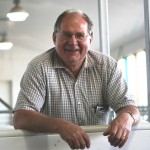 “Design Criteria for Robotic Milking Barns”
“Design Criteria for Robotic Milking Barns” “Apps for Dairying: An Application for Calving Management”
“Apps for Dairying: An Application for Calving Management” “Lameness in Dairy Cattle: Causes and Consequences”
“Lameness in Dairy Cattle: Causes and Consequences”![Disbudding%20with%20Caustic%20Paste[1]](https://www.thebullvine.com/wp-content/uploads/2015/06/Disbudding-with-Caustic-Paste1-300x171.jpg) Cats De-Clawed. Cows De-Horned. Children restrained.
Cats De-Clawed. Cows De-Horned. Children restrained.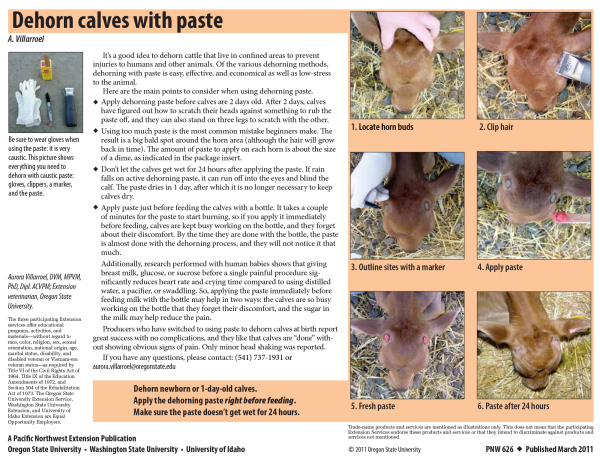
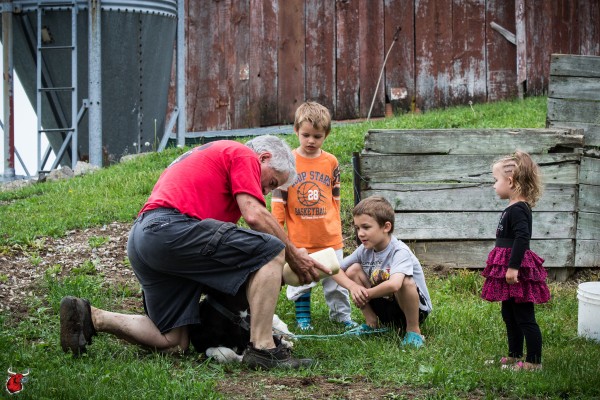
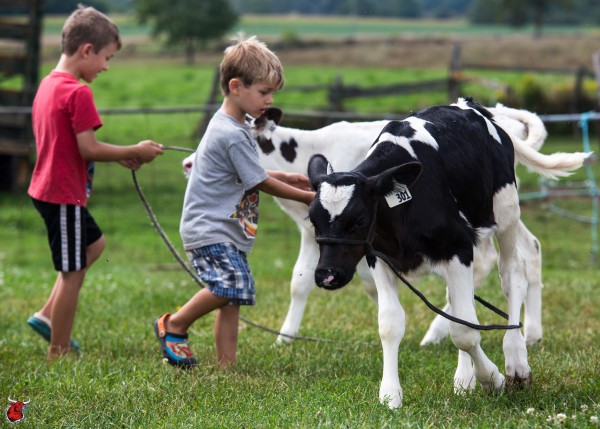
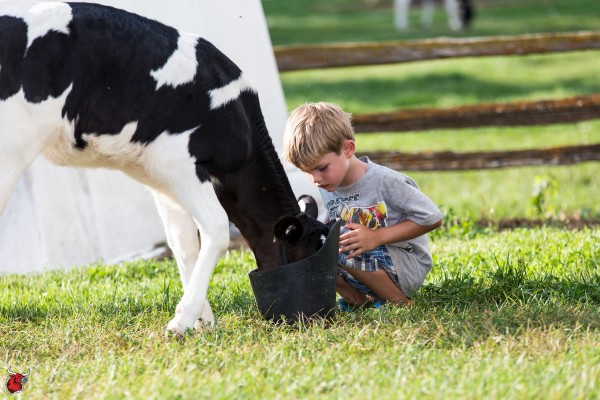
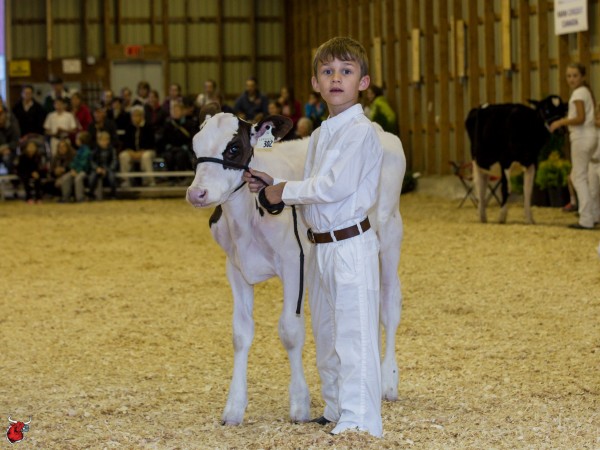
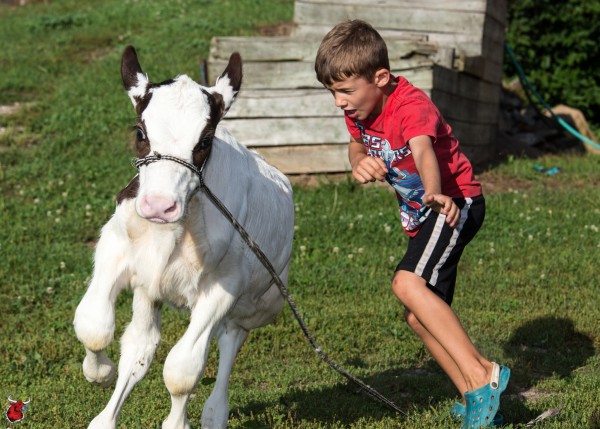
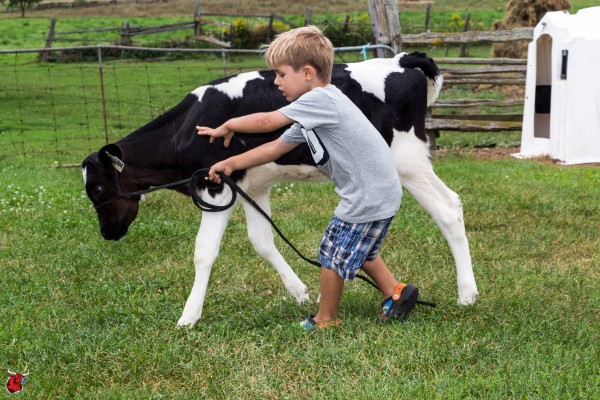
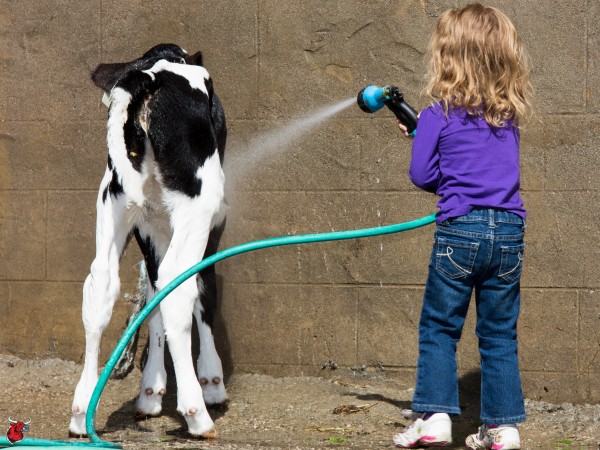
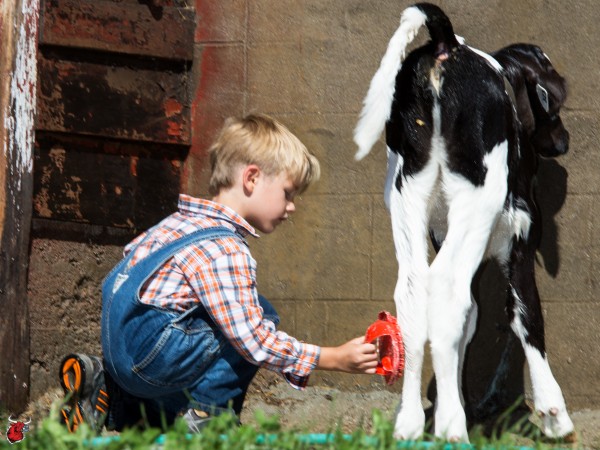
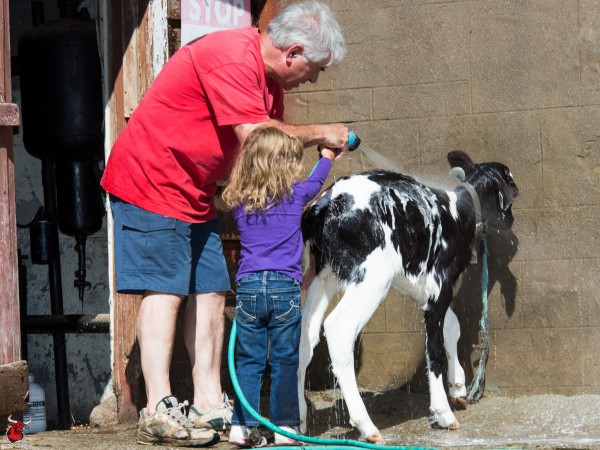
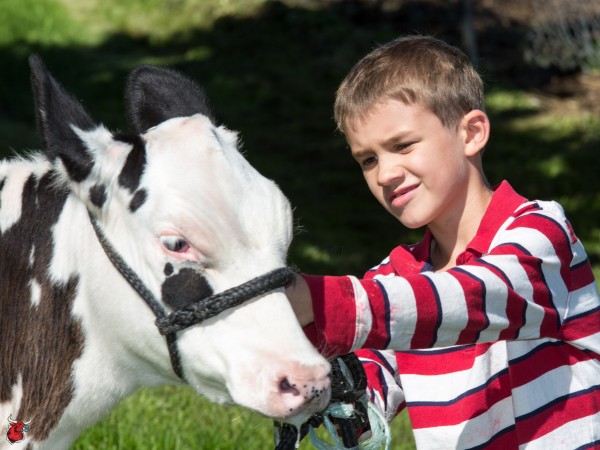
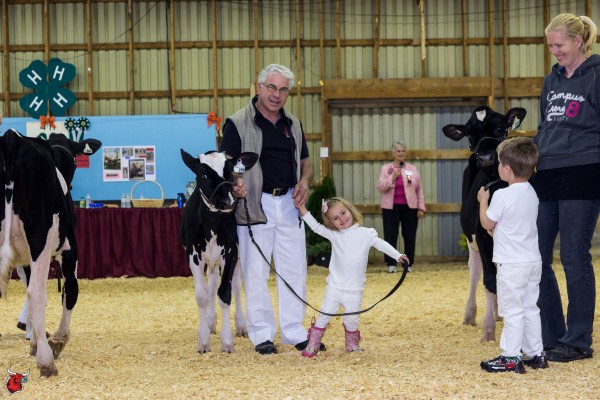
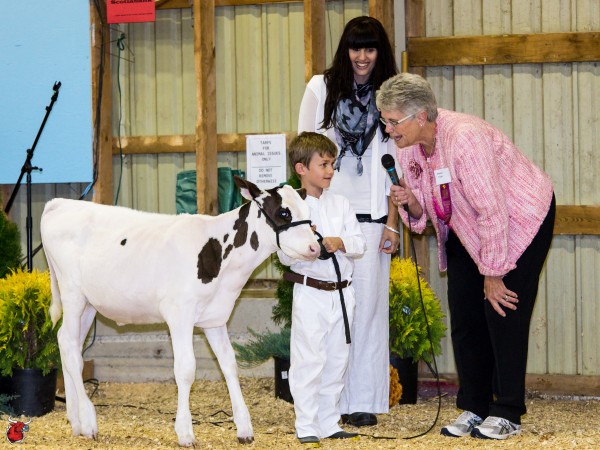
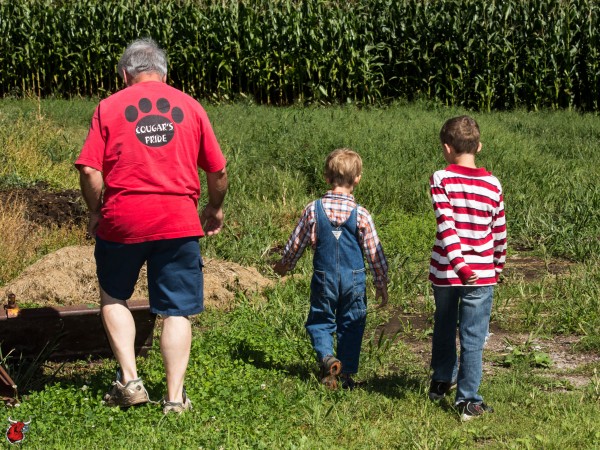
![10625095_10154605197095018_9095586175994467175_n[1]](https://www.thebullvine.com/wp-content/uploads/2015/05/10625095_10154605197095018_9095586175994467175_n1-600x800.jpg)
